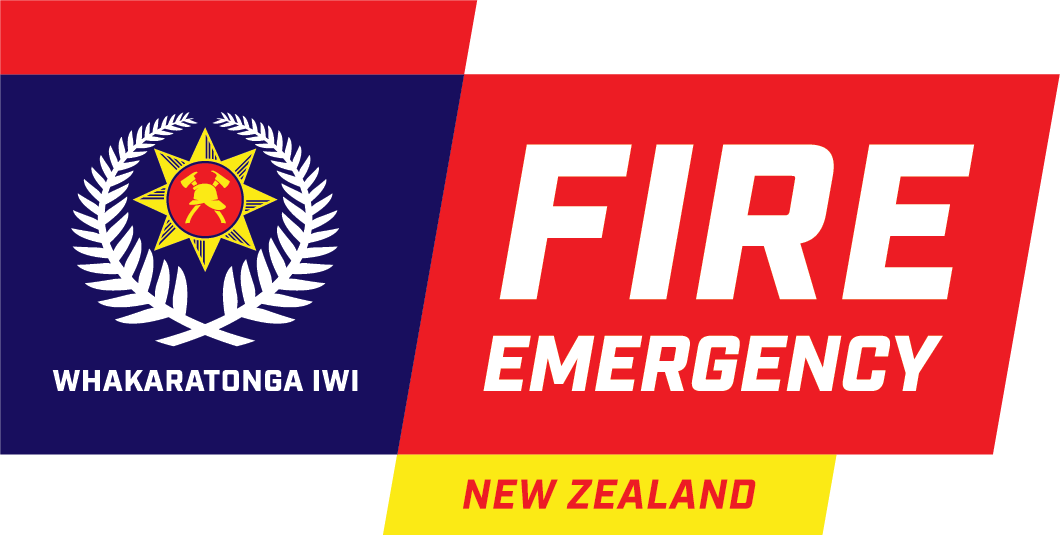Near Miss Reporting: Working around Water
 What is a near miss?
What is a near miss?
For Fire and Emergency, a near miss is “an unplanned event which offers an opportunity for continual improvement in the way we protect our people and the public. This may include:
- Any event which may have reasonably resulted in harm, and
- Any event resulting in equipment damage”.
The importance of reporting near miss incidents
Reporting a near miss can save a life.
Fire and Emergency is committed to ensuring the safety of our people. One way of reducing the number of accidents is by increasing near miss reporting through Safe@Work(external link).
Recording near miss incidents allows trend analysis and continuous improvement of processes and procedures. This helps minimise or eliminate recurrence which keeps our people safer.
In the last quarter, we focused on working at heights. This quarter, we are taking the opportunity to learn lessons from previous near miss reports to enhance awareness and safety measures when working around water.
Working Safely around Water
In 2019/20, Fire and Emergency New Zealand attended 207 incidents that took place near water and, with changing weather patterns, this number is expected to increase. In the last calendar year, several ‘water’ near miss and harm events were recorded on Safe@work. These include events ranging from where an appliance has been negotiated through a flooded road through to individual firefighters operating in flooded areas.
Case study: While on route to an emergency, an appliance was driven through flood water. The road surface below the water dropped off into a deeper part of road. The water level came up to just below the appliance windscreen.
Lesson learned: This type of event could render a vehicle unserviceable and has the potential to put the crew in danger. Do not drive through flood water unless you absolutely have to. Always measure the risks and, if in doubt, don’t take the risk.
The Working Safely in Water Project seeks to equip personnel with the skills, tools and knowledge needed to work safely in water. This is the second stage of the development of our water training capability. The first was the Working Safely around Water Project. You can read more about the Working Safely around Water Project and access the online training on the Portal. There is also a case study on working around water on the Portal.
Working around water has its own set of major threats to health and safety. The hazard and risk assessment process prompts Fire and Emergency to revisit policies and ensure procedures are still relevant and applicable; a part of this is to engage in near miss reporting.
To manage the many risks to our people, Fire and Emergency has a broad range of training procedures and operational instructions. These should always be followed.
Remember:
- We all have a legal obligation to look after our own, and our colleagues’ safety and health.
- Proactively demonstrate our organisational values and code of behaviour.
- Comply with all guidance and training; always use safety equipment when working around water.
- Use the Safe Person Concept and Dynamic Risk Assessment
- Live and work by our values and code of behaviour:
To log a Safety, Health or Wellbeing incident, please access Safe@Work(external link). If you need help on how to log an incident, refer to the ‘How to report workplace safety, health and wellbeing’ page, or contact your Regional Safety, Health and Wellbeing Advisor. Read more on near miss reporting.
Working Safely around Water Policy, Training & Education
To keep up to date on your knowledge on working safely around water, refer to this page (under related documents) for a summary of existing policies, procedures, and safety notices.
It is important to take advantage of these resources to enhance safety measures during training and callouts. This will minimise the chance of an accident occurring to ensure that you and your crew leave work in the same condition that you arrived.
Learning Station
- Working Safely around Water here(external link)
- Water Rescue here(external link)
- Water Safety Kit here(external link)
Feederline Article
- Working Safely around Water case study here
